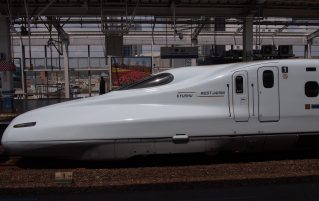

You will have heard of diffusion, osmosis and active transport in your science lessons. They describe the different ways particles move from one place to another. But before you start revising, why not read about some of the ways we transport ourselves between places.
Throughout history, we have always looked for ways to travel around. However, less than one hundred years ago, most people would live, work and die within 100 miles of where they were born. Holidays abroad did not become common place until after the 1960’s. Modern transportation has dramatically changed how we live our lives. Not only can we travel over land, through the sky and across the sea, but have even started visiting space! But where did it all start?
Animals, such as horses and camels were first domesticated and used for transport around 4000 B.C. Many places in the world still rely on animals for transport to this day. Around 7000 years ago the first wheel was created, but it was used for pottery and not for getting around. It is not until 3500 B.C that wheels were fixed onto carts, with paved roads not being built by the Romans until 312 B.C.
Just think how far we have come since then. From camels to high speed trains and rockets, via hot air balloons and steam trains! We now have trains which can travel over 250 miles per hour and even trains which can be up to 4km long. From giant airships in the 1920’s and 30’s, which were huge, and slow but could fly all day, to commercial planes which travel on average at around 500 miles per hour. Can you believe that over half a million people will be travelling through the air at any one time?
Not only are there well know means of transport, such as buses and trains, but also very unusual methods. For example, a monorail in Wuhan, China is suspended below a rail beam, and can travel around the city at over 4omph. Or how about amphibious buses in the Netherlands. They can drive right off the road and into the canal – and continue motoring along!
GCSE scientists – you need to be able to explain what osmosis is, and where it happens in living organisms. You also need to describe different ways substances can be transported, including diffusion and active transport. For help, try our “How to work with Diffusion, Osmosis and Active Transport” revision guide. It includes information on the different methods of transport. There are also questions for you to try, and answers to check your understanding.
Click on the picture below to see the guide:
If you found this useful and think you would benefit from some additional help, please contact us.
We welcome guest bloggers.
